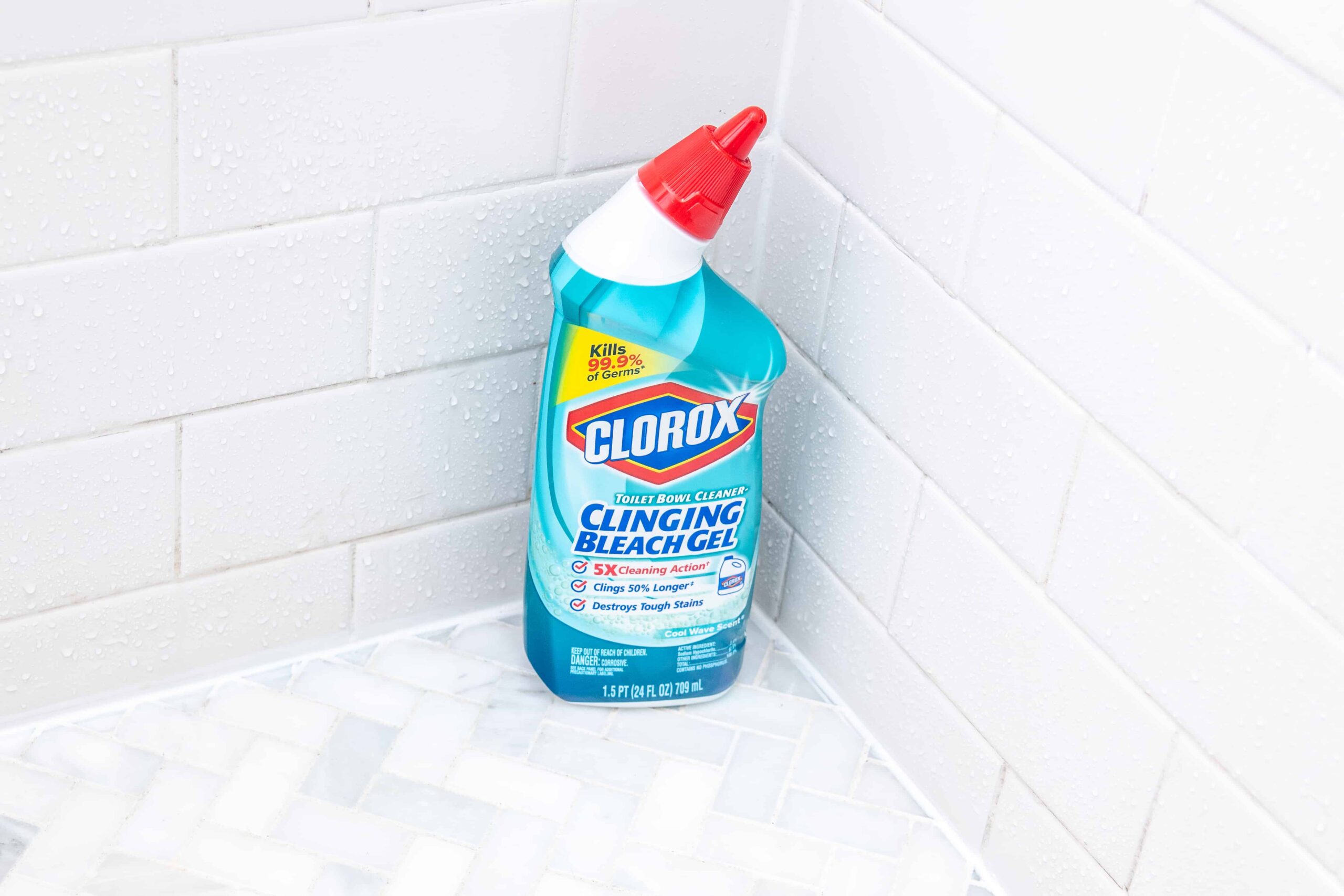Understand Trademarks, Patents and Copyrights

Without creators and inventors, the world as we know it today could not exist, nor could human achievements continue to advance. When a person creates something, whether it is a new plant variety, a work of art, or a piece of technology, it is called intellectual property. Most people not only want to receive recognition for their creations, but also to protect them. Unfortunately, if a person does not protect their work, others can claim it and even benefit unfairly from it. To prevent this from happening, it is important for people to know the different forms of intellectual property protection so that they can choose the best option for their situation.
What is the difference between a copyright and a trademark?
Two forms of legal protection for intellectual property that are often confused are copyrights and trademarks. Although both are forms of protection, they differ in several aspects. The first difference is in what they protect. A trademark is a type of protection for commercial goods, while copyright protects creative works.
Copyrights and trademarks also differ in who manages and registers them, as well as their duration. The Trademark Registration Agency in United States Copyright Office at the Library of Congress registers copyrights, which last 70 years beyond the life of the creator. The United States Patent and Trademark Office registers trademarks. If a trademark continues to be used and maintained, its protection will last forever.
What does a registered trademark protect?
A registered trademark protects logos, drawings, numbers or symbols that distinguish commercial goods. This includes specific color combinations that create brand recognition. It also protects slogans associated with a product or business.
What does copyright protect?
Copyright covers the rights of authors and creators of original creative works that are in a fixed, tangible form. With copyright, the copyright holder is the only one who can use or reproduce the protected work. A copyright protects these works from being stolen, sold, or used by people who do not have permission from the creator or author. Works may be published or unpublished and include books, films, and works of art.
Computer programs and code, sound recordings, websites, and architecture are also protected by copyright, as are music and movies. A work must be a close replica or the exact piece created by the author to be protected by copyright.
Although copyright protection is for the author or creator of a work, it does not apply to works created in the workplace. In these situations, the law considers the employer to be the copyright owner and the author of the work.
Although registration makes it easier to prove that a work is yours, it is not completely necessary, since copyright protection automatically comes into effect the moment a work becomes tangible.
What is a patent?
Patents protect the things that a person invents. To receive a patent, an invention must be useful, new, innovative or non-obvious, and functional.
There are several types of patents that a person can register, including utility patents, design patents, and plant patents. A utility patent is the most common type in the United States. Utility patents protect how a physical object works and is used. Design patents protect the appearance of an invention, but they do not protect its function. Plant patents are intended to protect newly created plant varieties. Utility and plant patents last up to 20 years, while design patents last 15 years.
Because patents are territorial, a patent only applies in the country that granted it. For example, a patent granted in the United States will only be effective in the United States and its territories. As a result, an application for patent protection must be filed in each country where the invention is sought to be protected. Each country has its own laws, including what types of inventions it will protect and the requirements that must be met.




